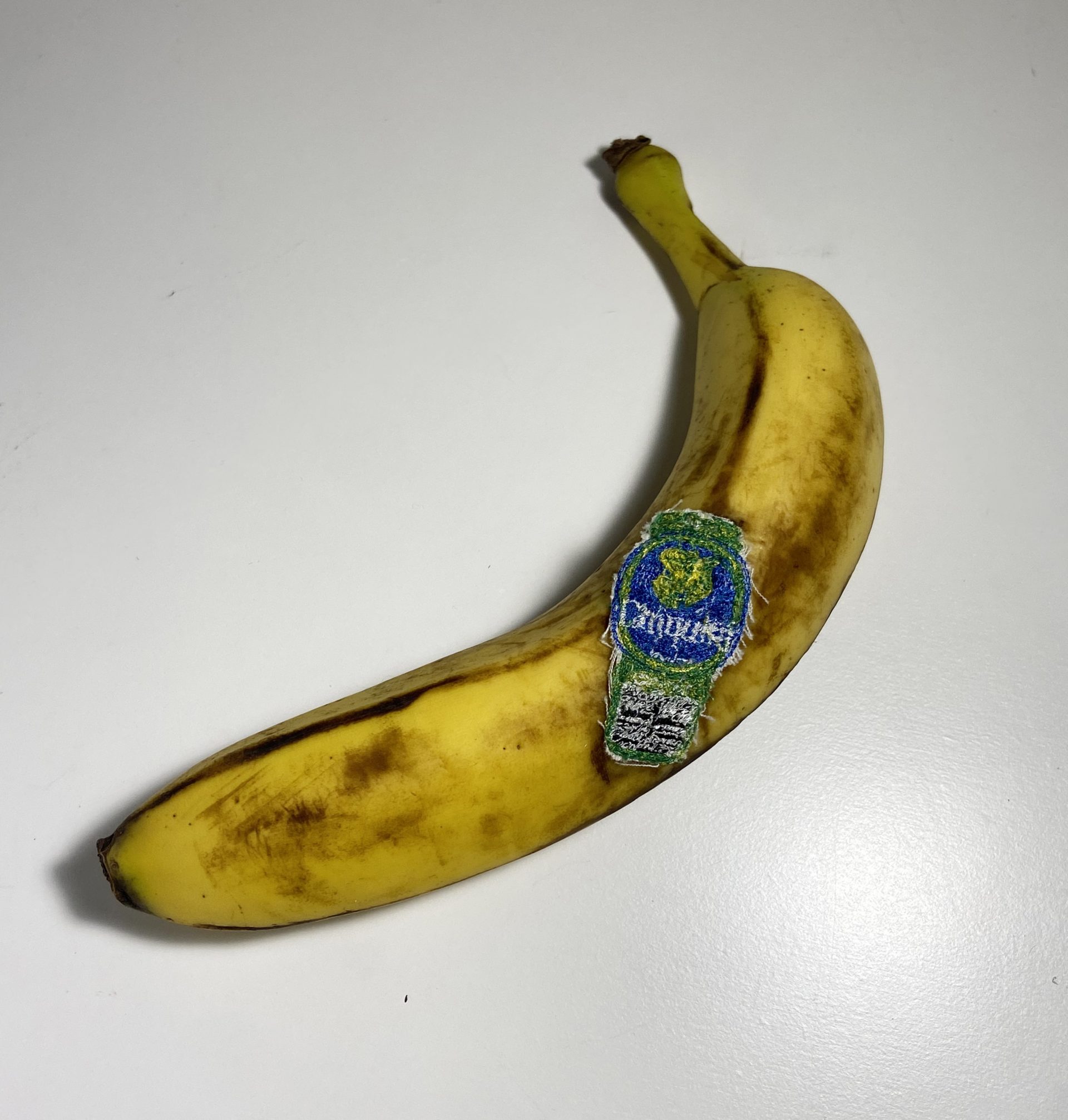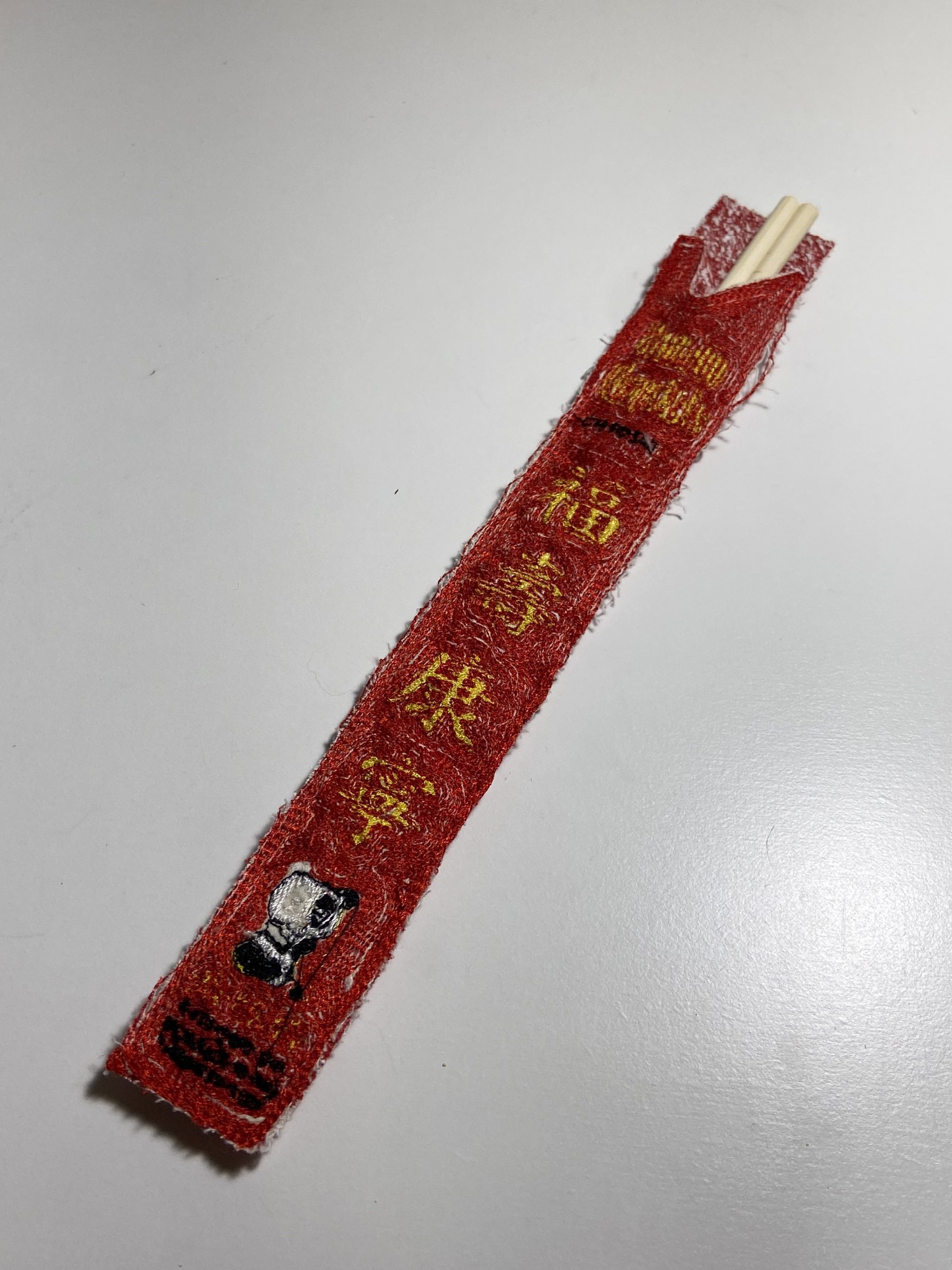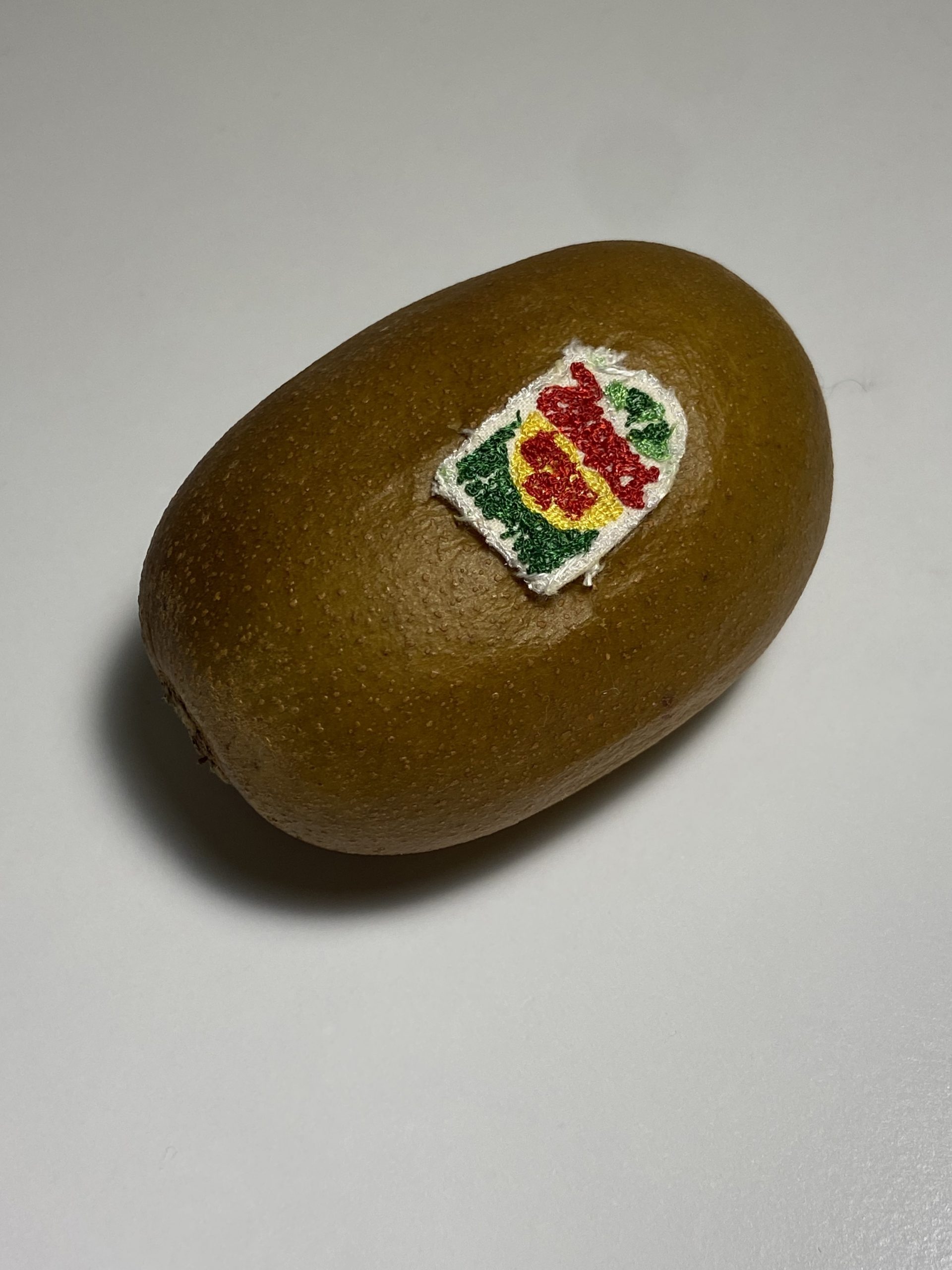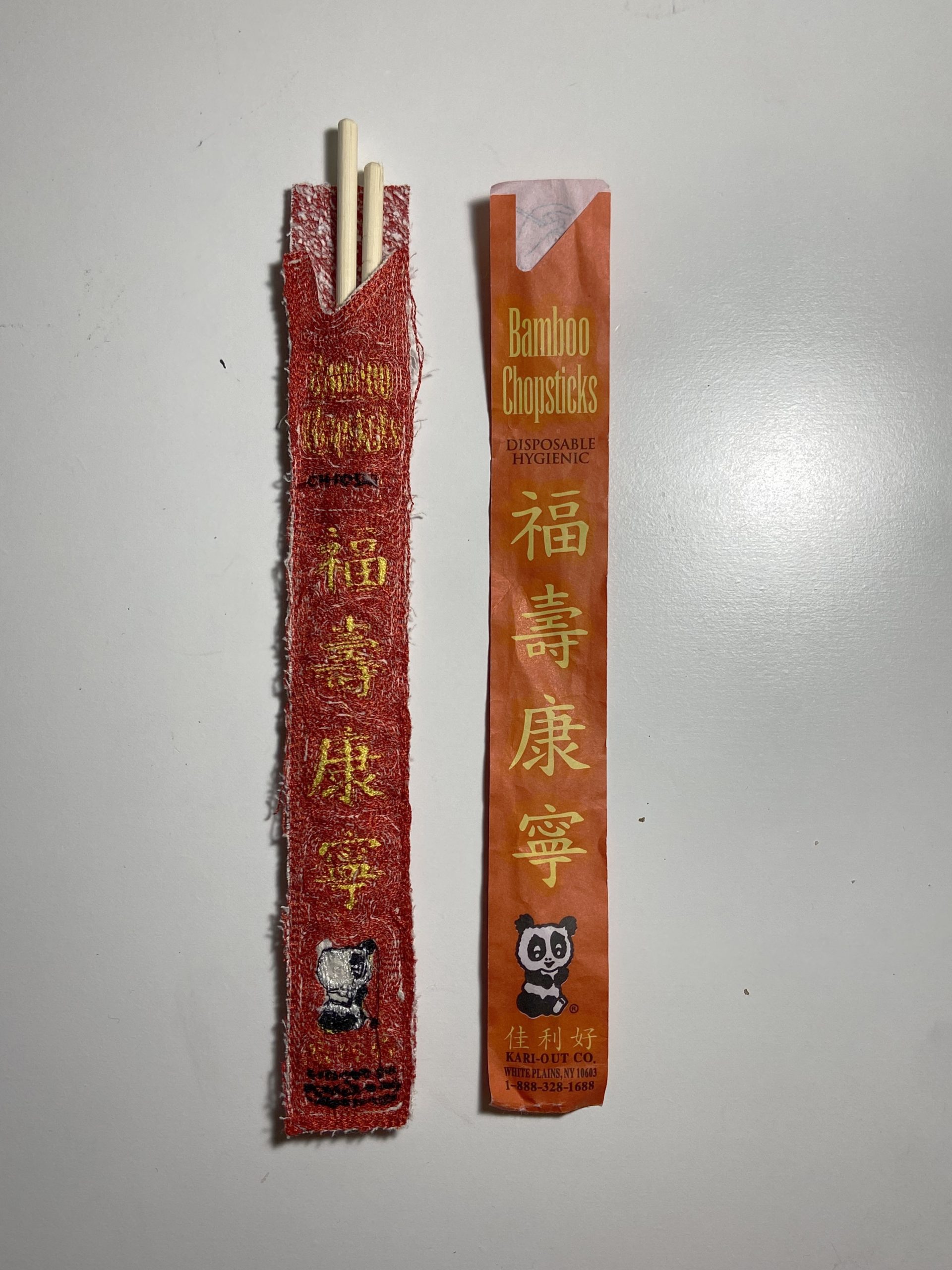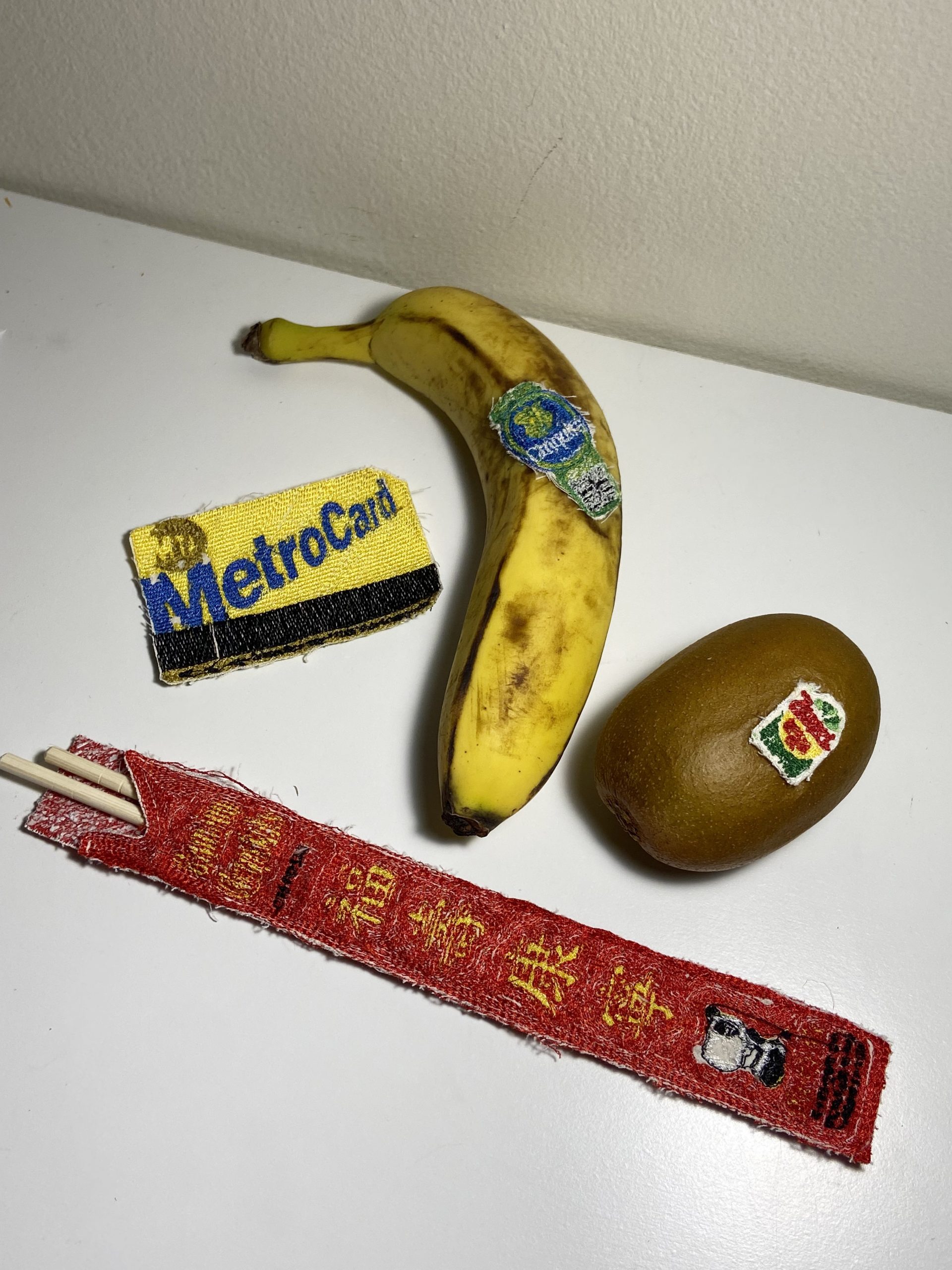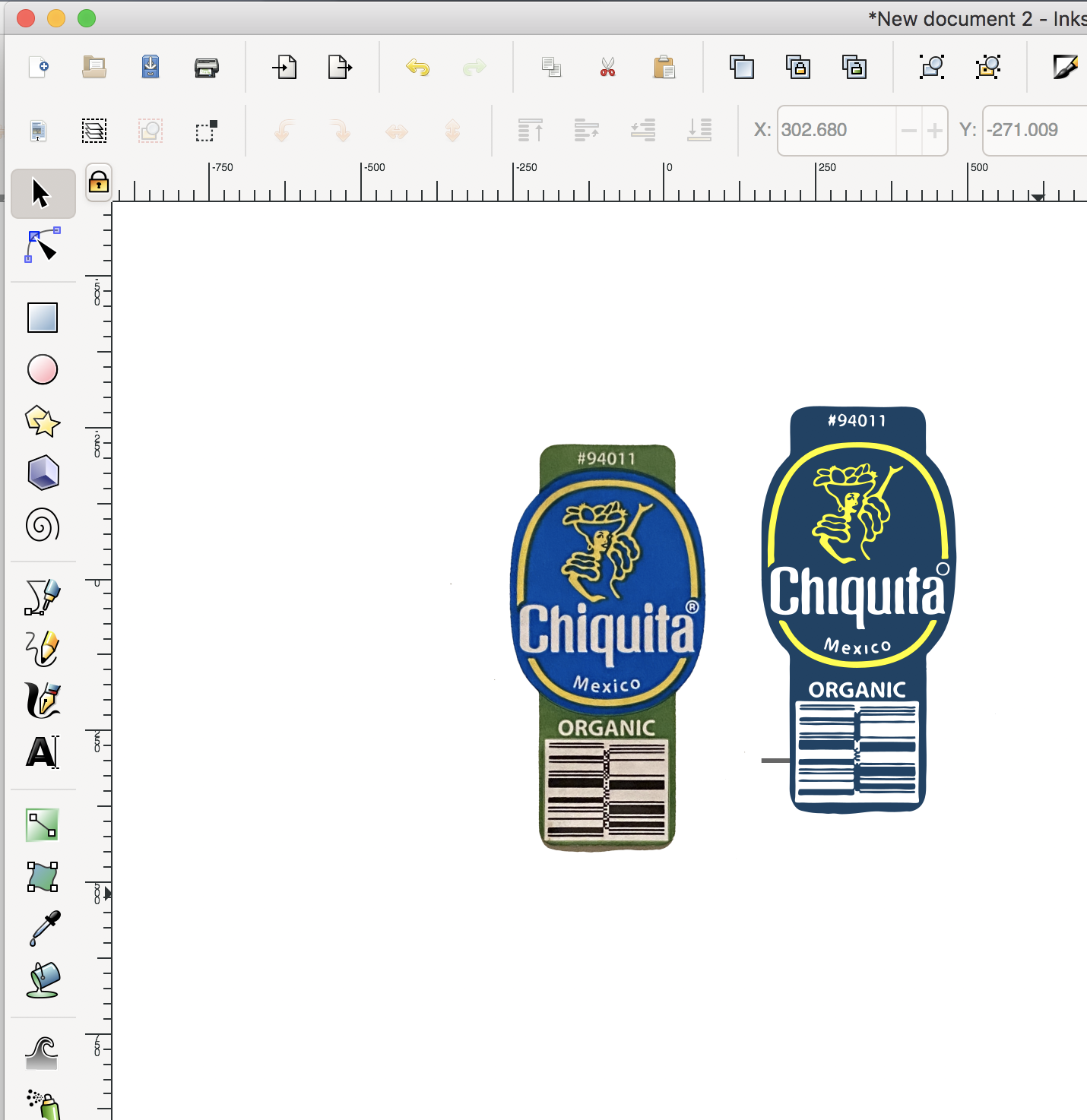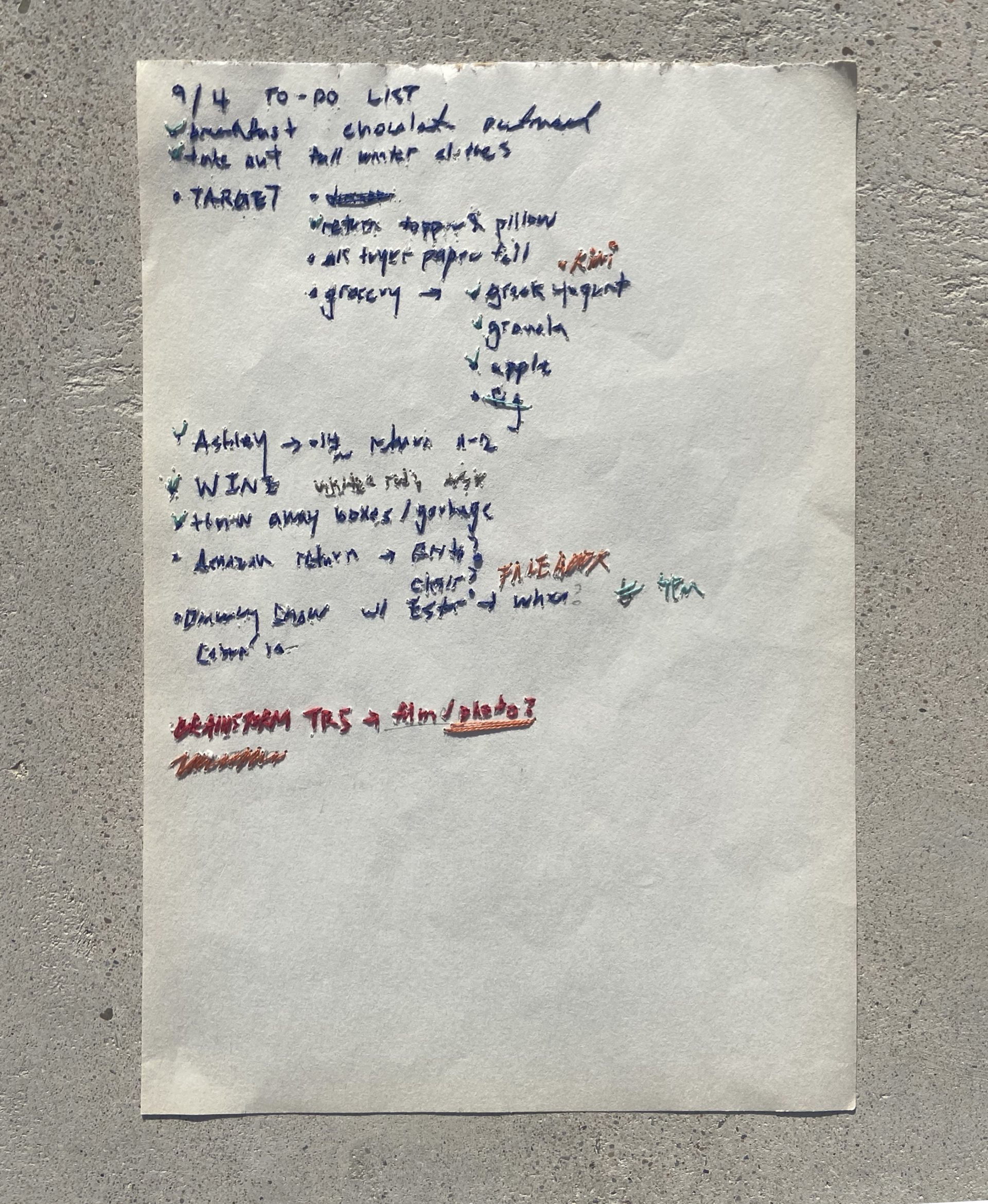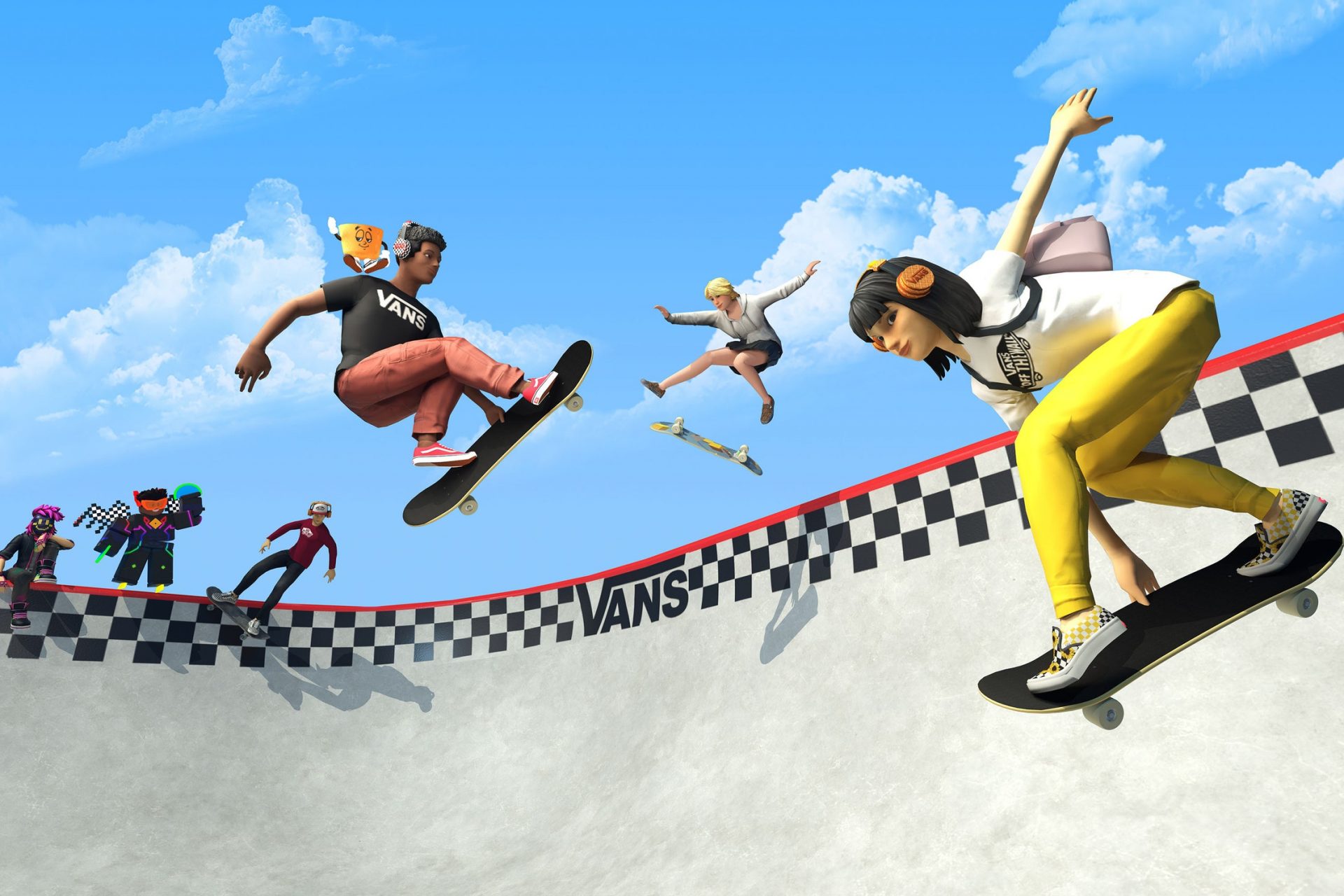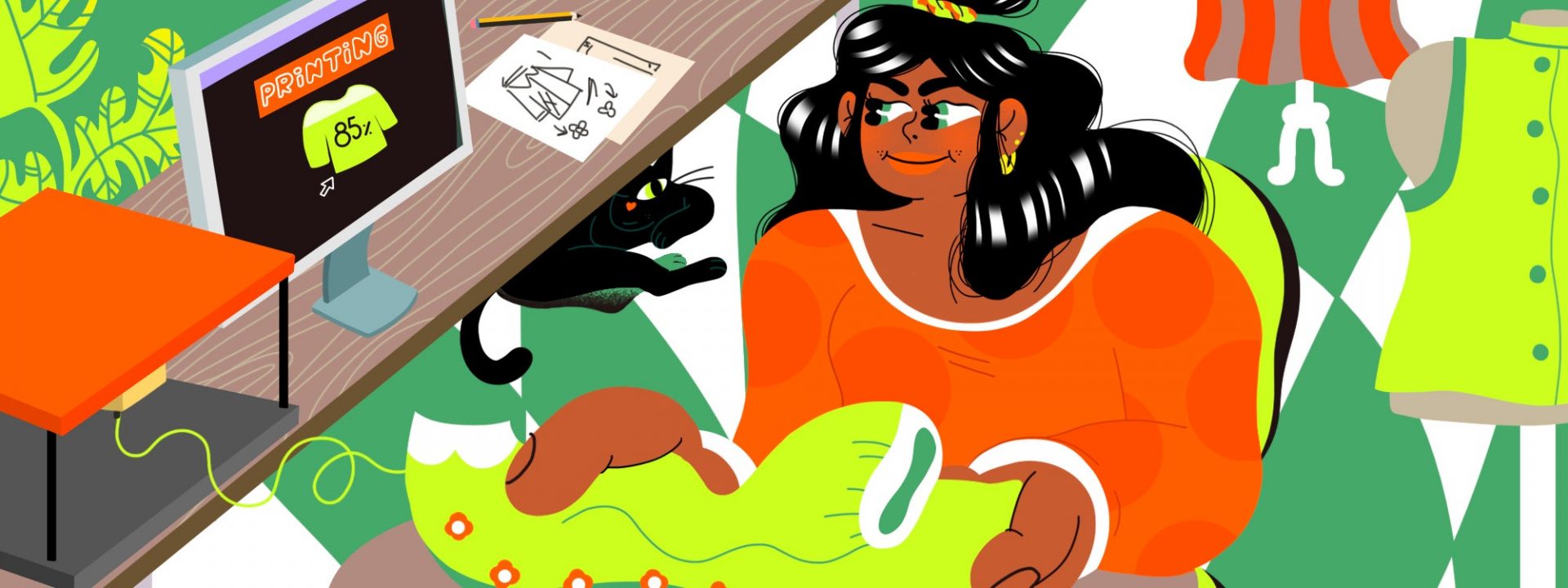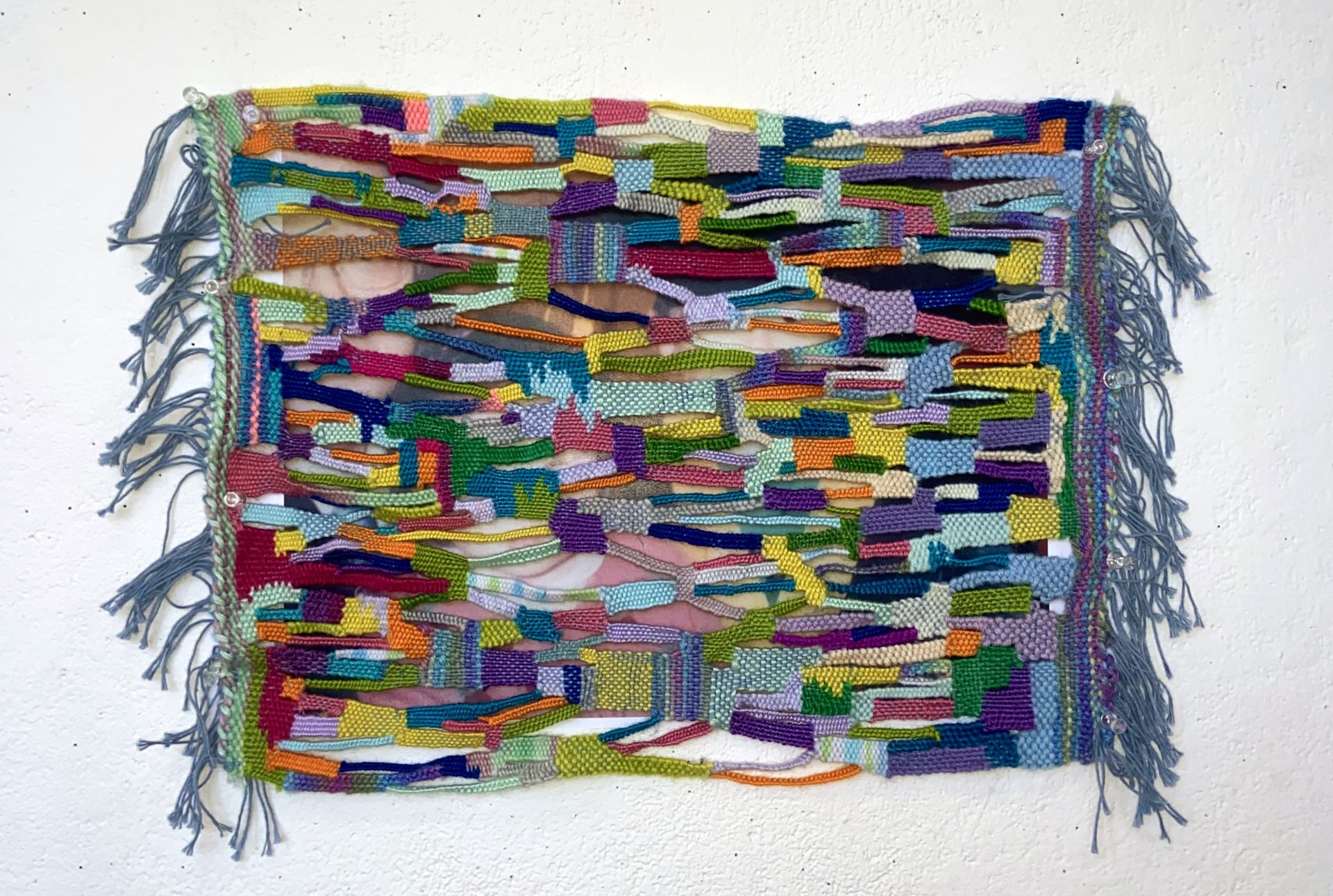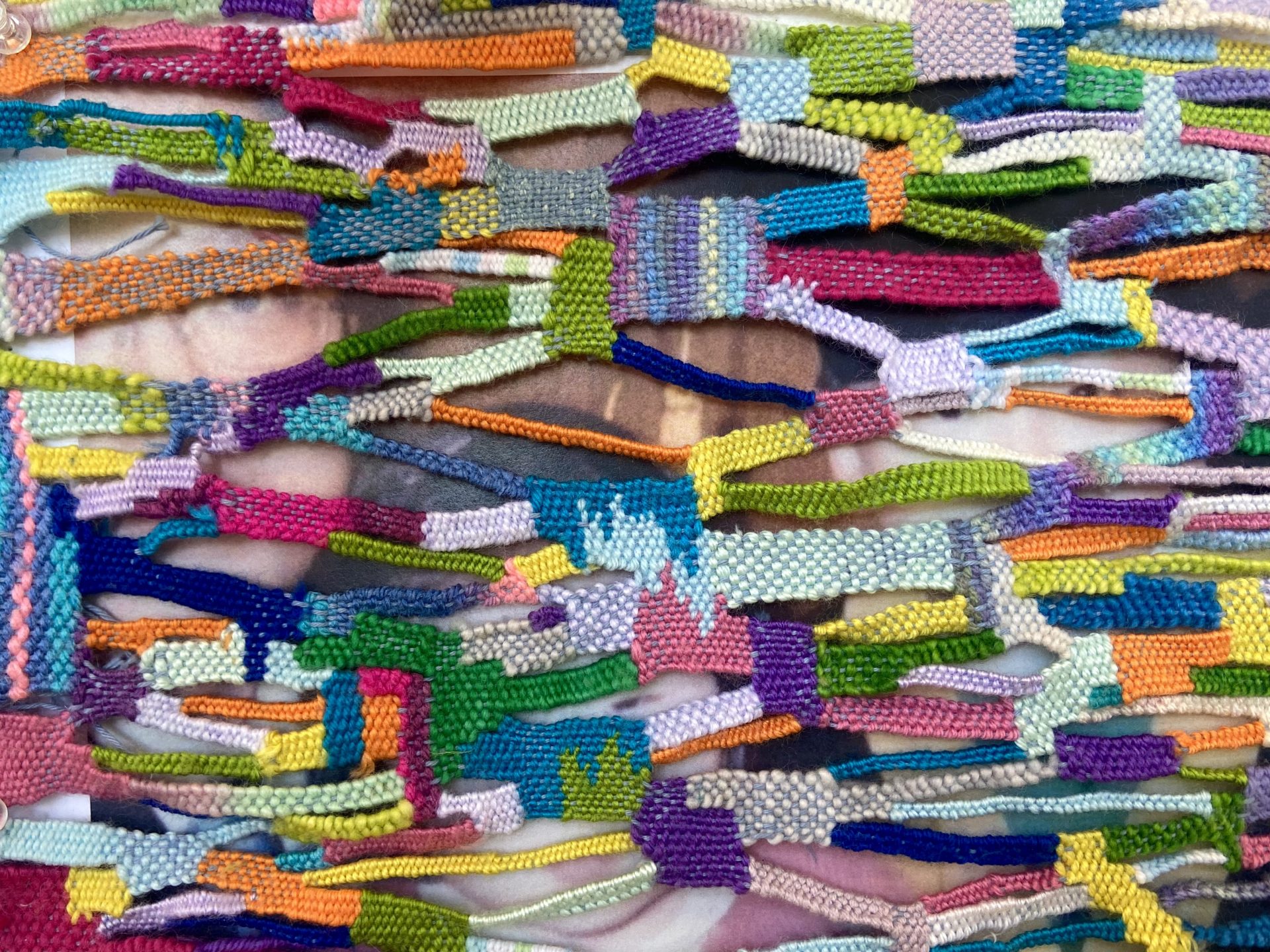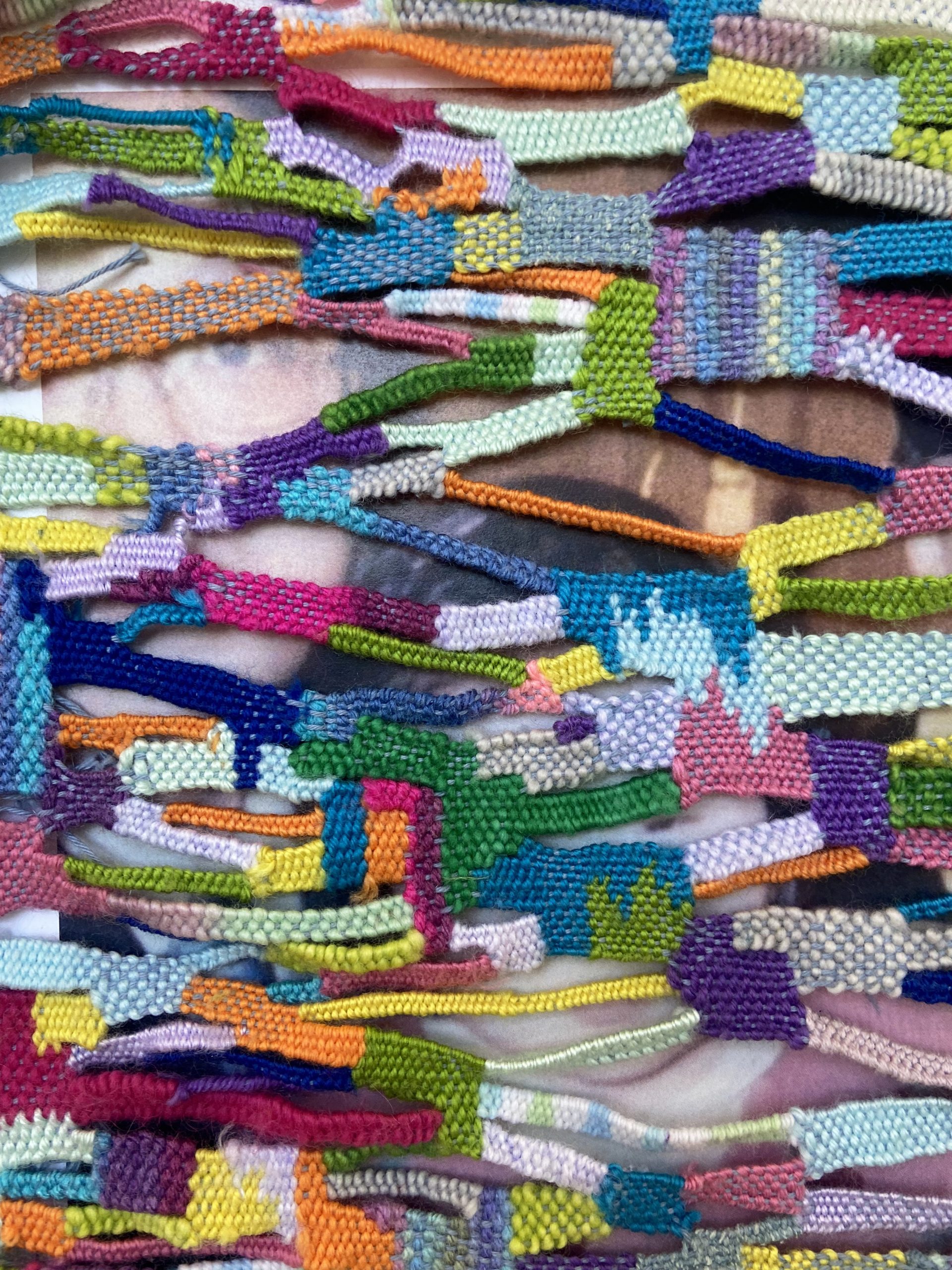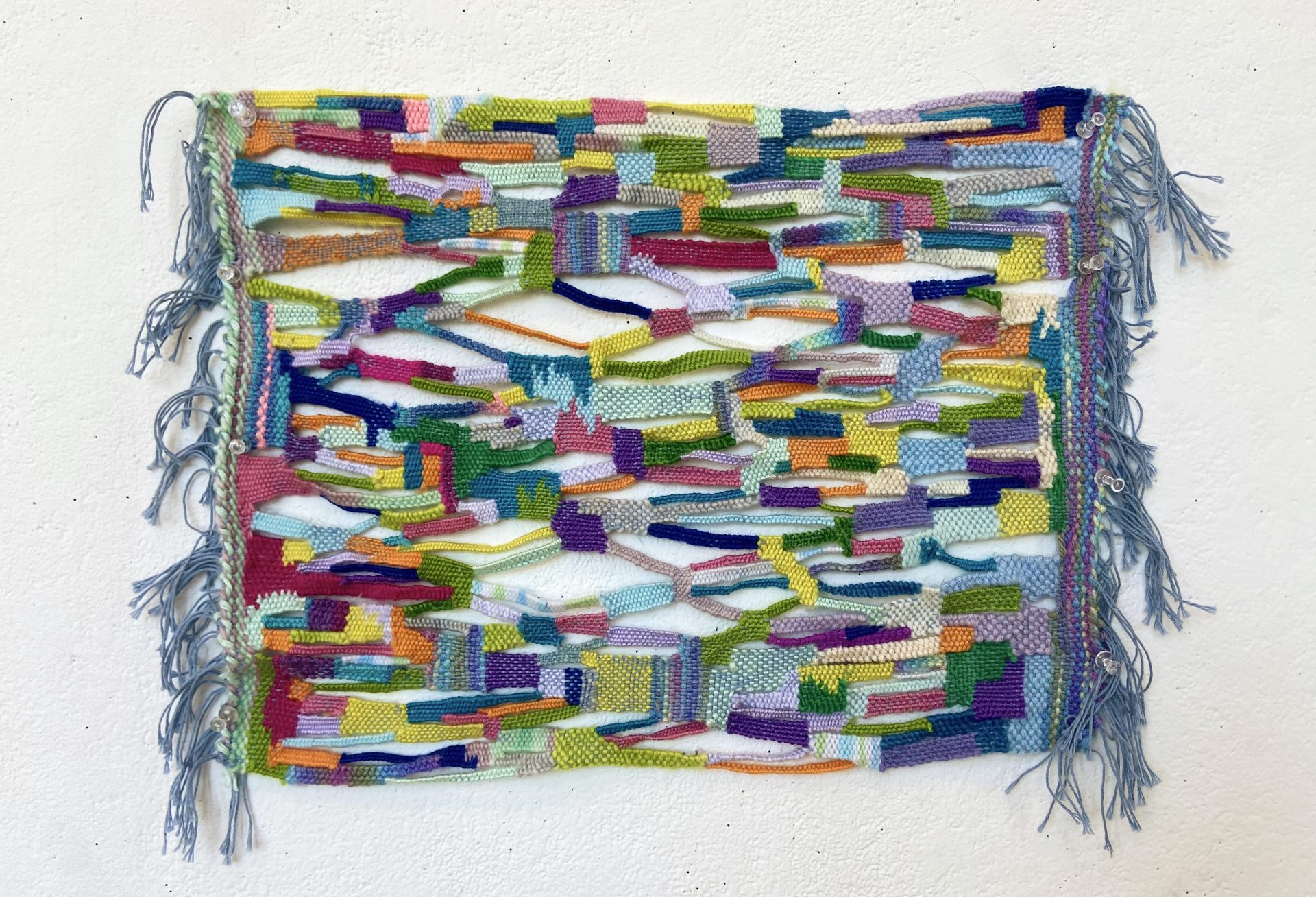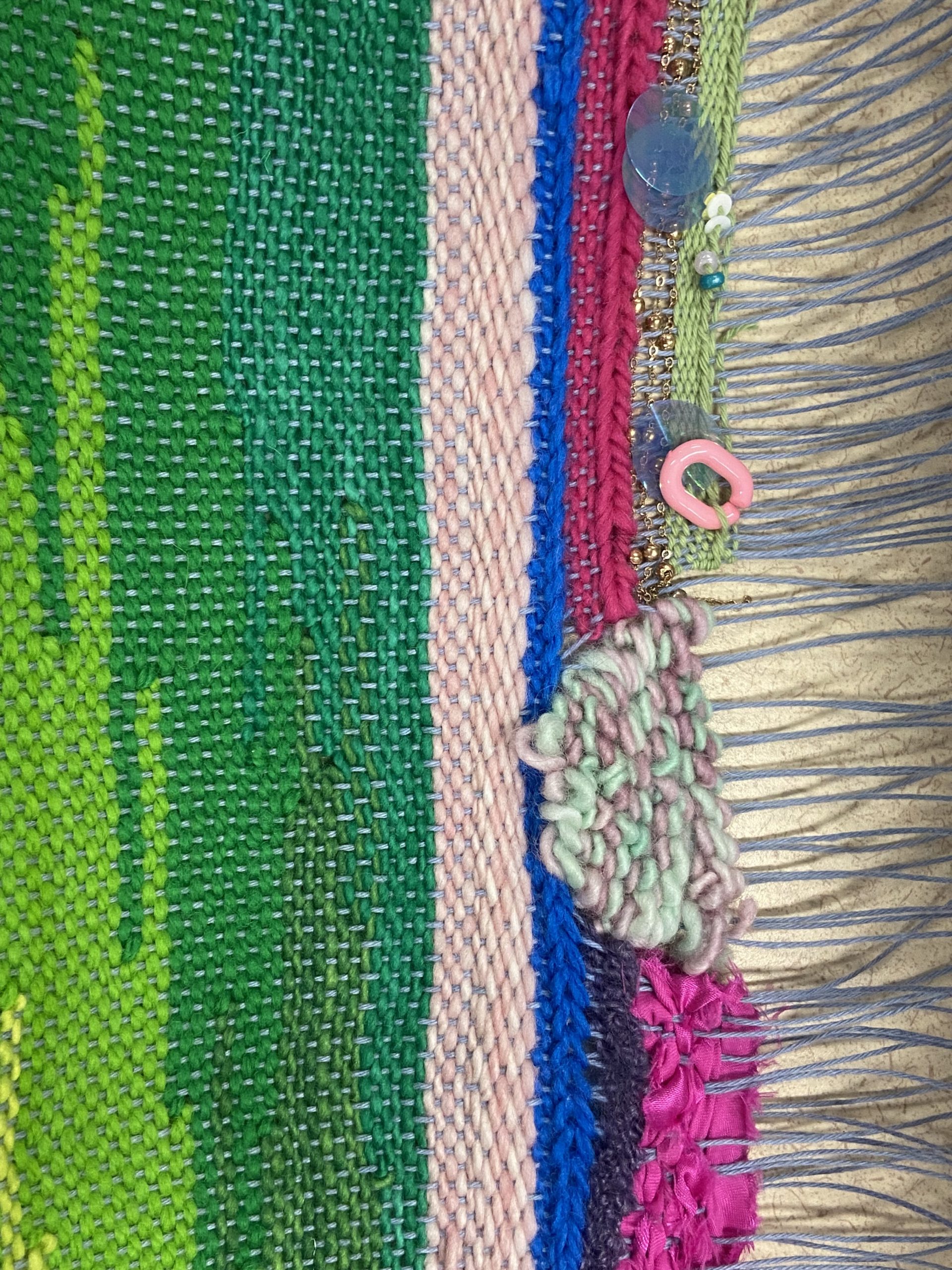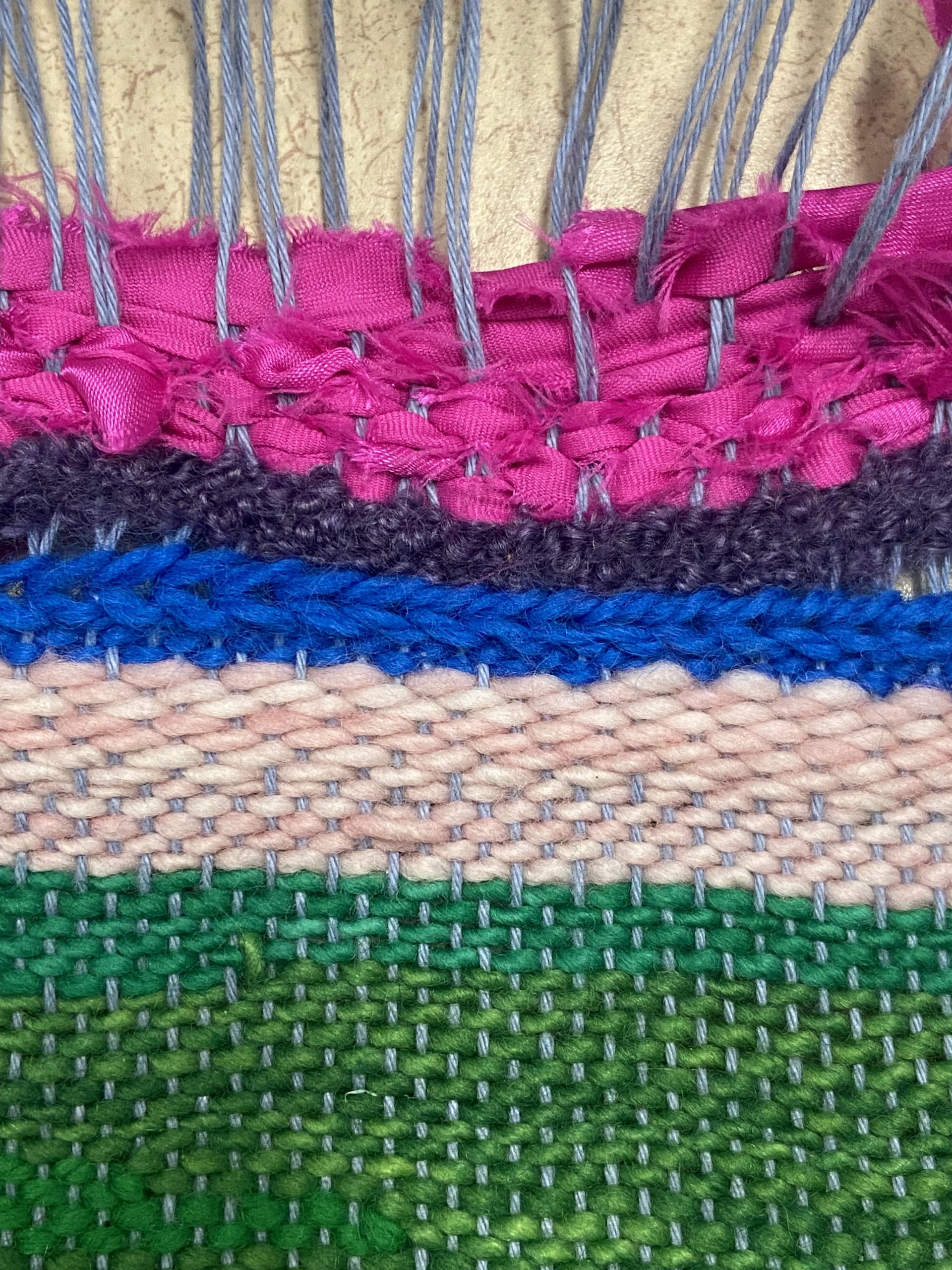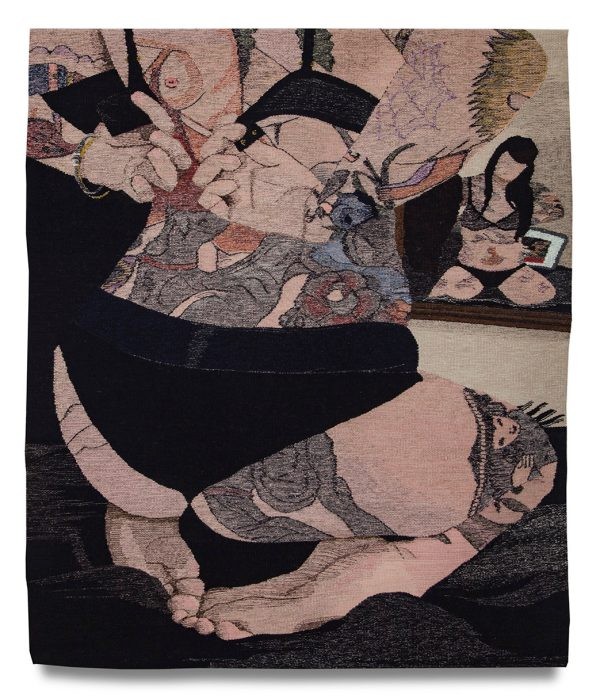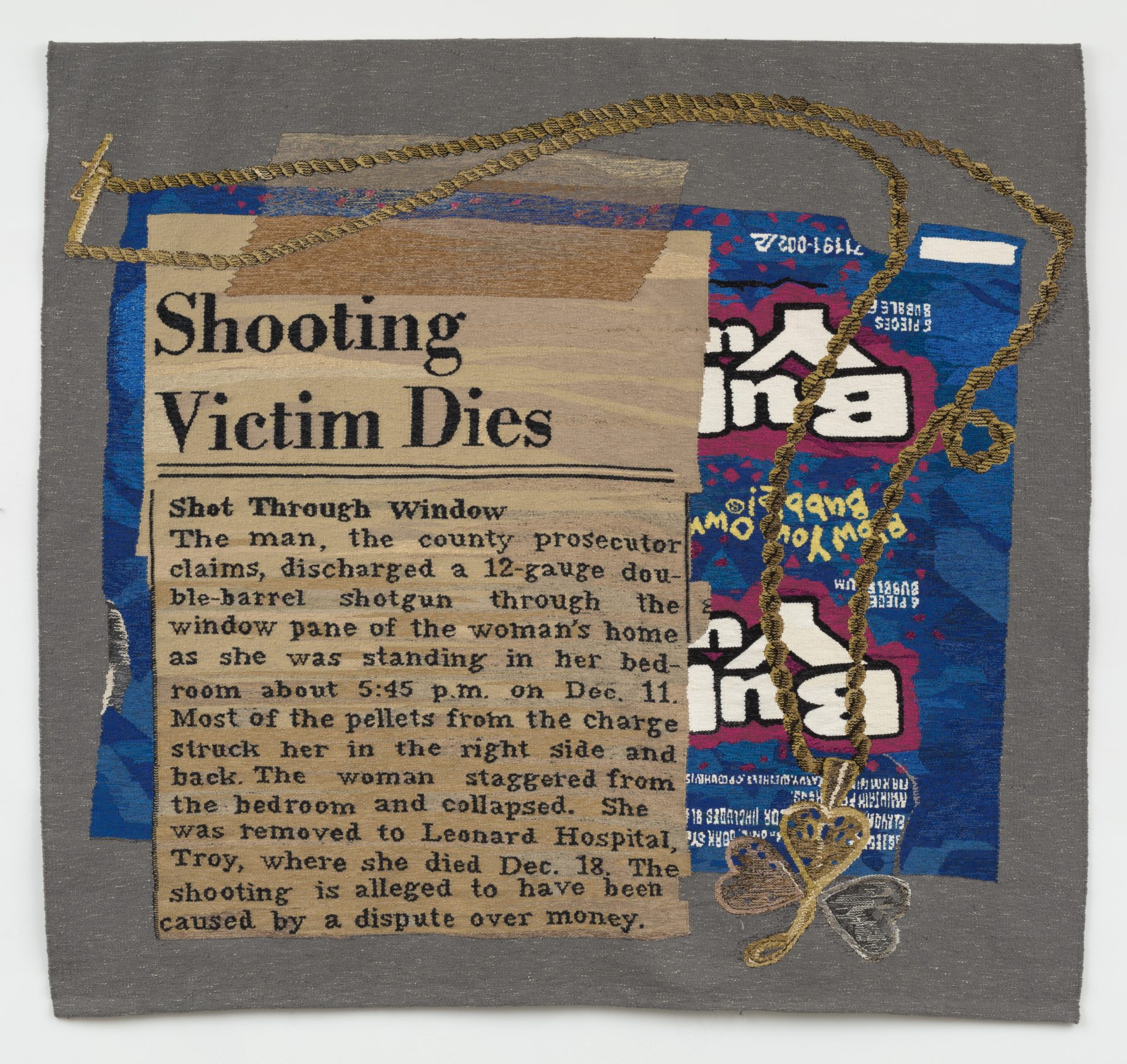This project was an exploration of transforming paper ephemera into a nonephemeral soft sculpture. Thinking about how much we waste away little pieces of paper and stuff full of information and design, I wanted to memorialize the mundane and short-lived into something more special, tactile, and object-like. I have been collecting fruit stickers for that reason and also have attempted to hand embroider before. However, the scale of those stickers was so tiny that it was nearly impossible to recreate them by hand. So for this project, I wanted to try machine embroidery to achieve the details and precision that a hand embroidery might lack.
Learning the language of machine embroidery was definitely a challenge. It was hard for me to picture how the embroidery would render in a machine, and I realized how much more intuitive it is to embroider by hand. Numerous attempts were made. It was incredibly challenging having to start over whenever there was an error during embroidering since there was no go back button in an embroidery machine. Because I was working with such a complex but small design, I was disappointed to see details getting incomprehensible. Through this experience, I realized that even the machine cannot render perfect and precise embroidery, or at least I cannot. Also, the finishing process leaves something to be desired as there are a lot of loose threads.
Though there were multiple challenges on the way, I feel very accomplished with what I have made. I was able to make all the embroidered objects precisely the same size as the original. Also, as I was embroidering, I learned something new about the machine, the program, or the design each time, which makes me extremely excited to work more and perfect the technique. I am genuinely thrilled at the potential of this project. I want to make more of these.
I also learned that machine embroidery is a lot of work, different from hand embroidery, but still a lot of time, effort, and care. Previously, I thought machine embroidery was too clean and perfect looking, and it lacked the care and love that hand embroidery has. However, doing this project, I still found myself really caring about the embroidery, even though I was not making the stitches myself.
